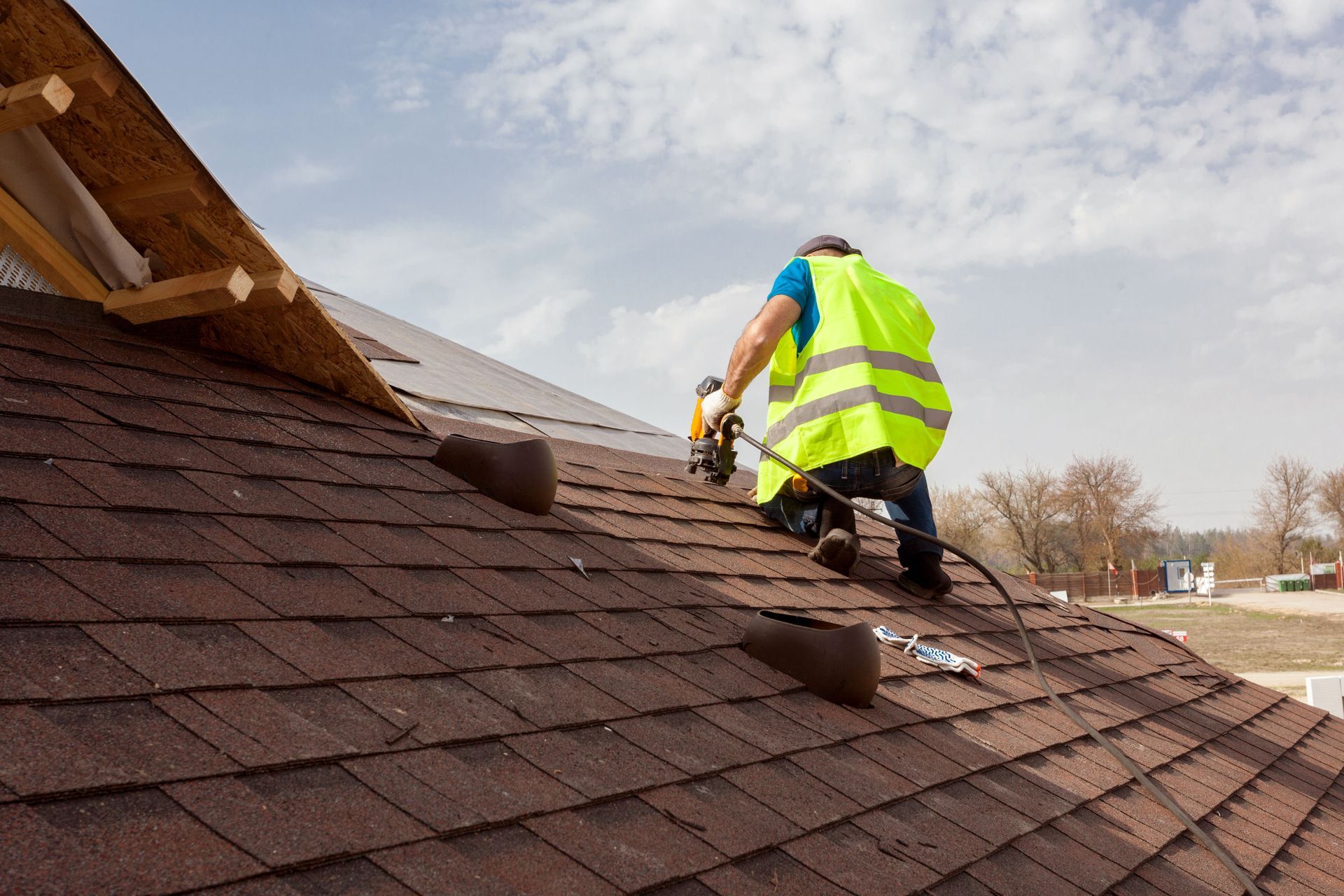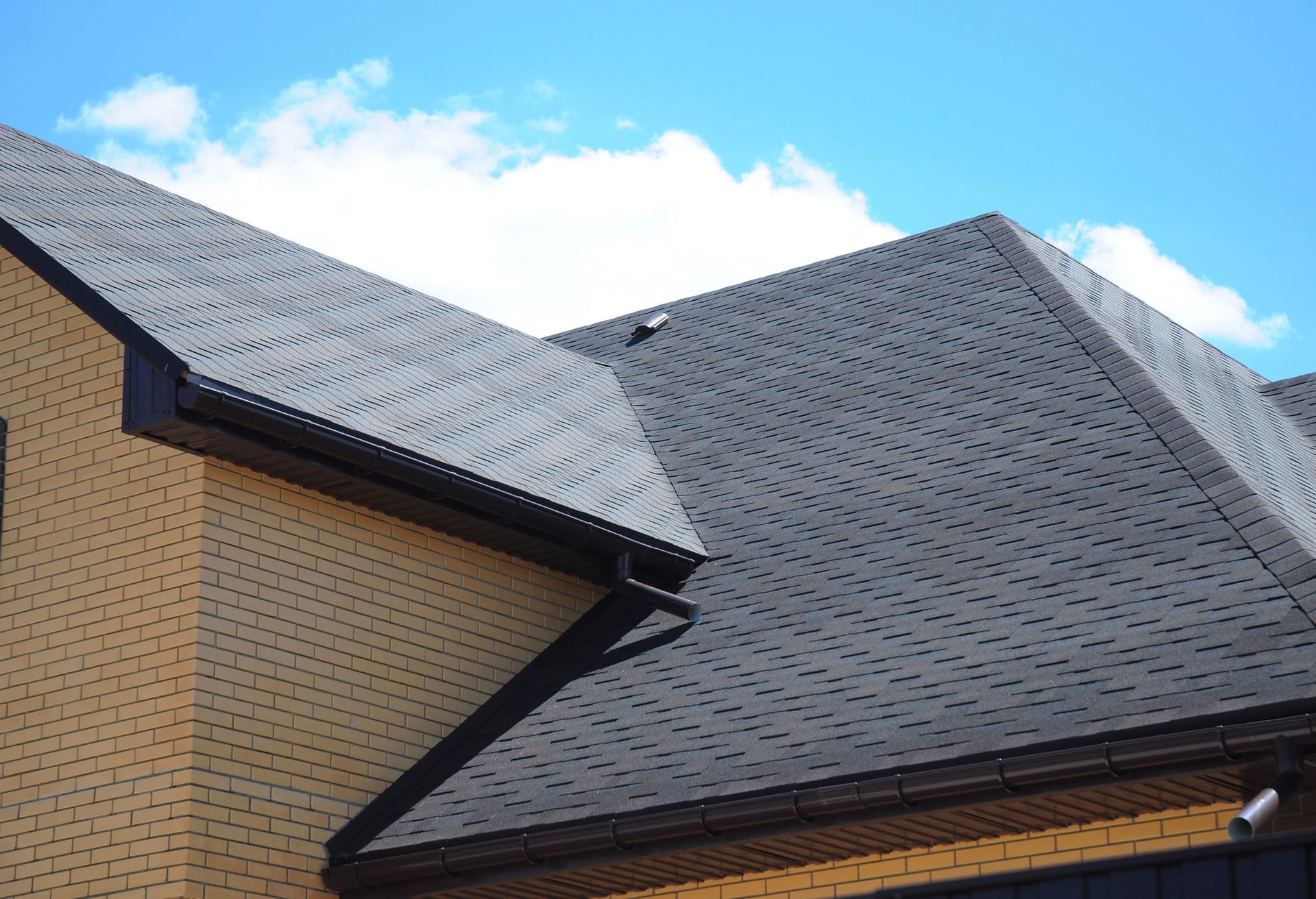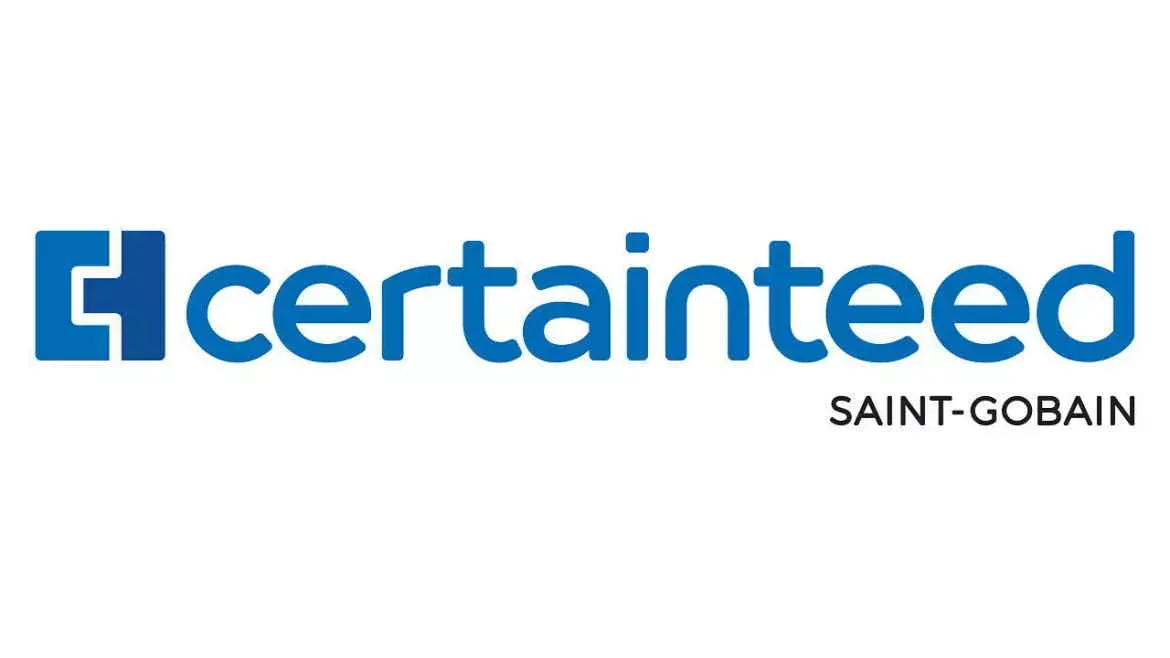September 25, 2025
In the vast and complex world of home construction and maintenance, local roofers hold a vital place of importance. Their work significantly contributes to both the safety and durability of residential homes. Roofers are responsible for providing essential protection against weather elements, enhancing the overall structural integrity of the building.
Recognizing their role, this article delves deeper into the functions, materials, economic impacts, and expertise of roofers. It also highlights the importance of ongoing education, community engagement, and how roofers help homeowners feel confident in their choice of roofing solutions. Their knowledge ensures that homes are protected and durable for years to come.
The Essential Functions of Local Roofers
Inspection and Assessment
One of the most critical functions that roofers perform is the inspection and assessment of roofing systems. This process involves a meticulous examination of the roof structure to identify any existing or potential hazards that could compromise the home's safety. Experienced roofers can spot signs of wear and tear that are not immediately obvious to the untrained eye.
By conducting thorough inspections, roofers ensure that small issues are addressed before they escalate into significant problems. Over time, this proactive approach can prevent costly repairs and extend the roof's lifespan. According to the National Roofing Contractors Association, over 90% of roofing contractors provide residential roofing services in addition to commercial projects, underscoring the comprehensive role of local roofers in ensuring home safety.
Repair and Maintenance
The importance of regular roof maintenance cannot be overstated, as it plays a crucial role in prolonging the lifespan of the roofing structure. Roofers employ various maintenance practices to ensure the roof remains in top condition. This includes cleaning debris, repairing minor damages, and resealing areas that might be vulnerable to leaks.
Routine maintenance not only addresses existing issues but also prevents future ones, safeguarding the home against severe weather disruptions. Additionally, ongoing care allows roofers to identify wear and tear that may develop into larger, more costly damages if left unattended. Homeowners benefit from this proactive approach by having safer and more durable roofs.
Compliance With Safety Codes
Adherence to local and national safety codes is imperative in all roofing projects to ensure the safety and legality of construction work. Local roofers are well-versed in these codes, which govern aspects such as materials, construction practices, and design standards. Complying with safety regulations is not merely a matter of protocol but a fundamental aspect of protecting residents and their homes.
These codes are continually updated to reflect the latest safety research and industry standards. Local roofers' compliance ensures that roofs perform optimally under various conditions, safeguarding against potential hazards. Homeowners can rely on these measures to maintain the integrity and safety of their homes for the long term.
The Selection of Roofing Materials
Pros and Cons of Common Roofing Materials
Roofing materials dictate not only the aesthetic value but also the safety and durability of a roof. Common materials like asphalt, metal, and tile each have unique advantages and disadvantages. For example, asphalt is popular due to its affordability and ease of installation, but it may not last as long as other materials.
Metal roofs provide superior longevity and fire resistance but require a higher initial investment. Tile roofs offer excellent insulation and a rich appearance, though their weight requires additional structural support. Roofers assist homeowners in evaluating these options based on climate, home structure, and long-term durability needs, ensuring informed decisions.
Sustainability and Safety
Sustainability has become an important consideration in modern roofing solutions, intersecting directly with safety and long-term durability. Eco-friendly materials not only reduce environmental impact but also contribute to home safety by offering greater resilience and thermal efficiency. These solutions provide enhanced protection while supporting energy-conscious practices. Materials often include recycled and locally sourced content, maintaining high-quality standards while minimizing environmental harm. Local roofers guide homeowners in selecting materials that balance environmental responsibility with durability, ensuring roofs are both safe and efficient over time.
Local Availability and Material Choice
The availability of roofing materials locally often influences the selection process, affecting installation timelines and long-term maintenance. Roofers maintain strong networks of suppliers, offering insights into which resources are readily available and suited to the regional climate. This ensures timely installations and repairs without compromising quality.
Sourcing materials locally also supports the community and strengthens the local economy. Roofers help homeowners choose materials that are specifically suited to their environment, maximizing durability and long-term safety. This approach enhances service efficiency while contributing to neighborhood resilience and sustainability.
The Impact of Climate on Roofing Choices
Climate-Specific Roofing Solutions
Climate plays a significant role in determining the most suitable roofing options for any region. Weather patterns such as heavy snowfall, rainfall, or extreme heat demand specific roofing characteristics to ensure long-lasting performance. Roofers are skilled in customizing roofing solutions to match these environmental demands.
By tailoring roof design and material selection to local conditions, roofers help ensure homes remain safe and structurally sound. For instance, steep roofs facilitate snow runoff in snowy regions, while materials with high UV resistance benefit homes in sunny climates. This attention to climate-specific solutions enhances both safety and roof longevity.
Local Weather Patterns and Roofing Durability
Understanding local weather patterns allows roofers to recommend designs and materials that provide optimal durability and protection. Areas prone to hailstorms or heavy rainfall require resilient shingles and effective water-shedding techniques. Roofers evaluate these patterns and suggest adjustments to enhance performance. Through careful assessment and proactive planning, local roofers ensure that roofs withstand environmental challenges. This expertise protects homes from preventable damage and extends the lifespan of roofing systems, giving homeowners peace of mind and reliable protection.
The Economic Impact of Hiring Local Roofers
Cost-Effectiveness of Local Services
Roofers provide cost-effective services by leveraging nearby suppliers and understanding regional resources. This often translates to lower transportation costs, faster service, and more efficient project completion. Homeowners benefit from both timely installations and long-term reliability when hiring roofers.
Familiarity with local building codes and regulations reduces costly compliance issues and delays. Roofers also offer personalized guidance, helping homeowners address specific project requirements while maintaining safety and quality standards. Routine maintenance performed by roofers prevents larger emergencies in the future, supporting lasting home protection.
Supporting the Local Economy
Hiring local roofers extends benefits beyond individual homes by contributing to the wider community. Local services fuel the local economy, create job opportunities, and support neighborhood development. These effects bolster community infrastructure and promote overall economic resilience. Roofers invest in their communities through service and engagement, supporting infrastructure and sustainability initiatives. Their participation in local projects strengthens both community safety and neighborhood development, demonstrating the broader value of hiring skilled roofing professionals.
The Training of Local Roofers
Skillsets and Certifications
The professionalism and quality of roofers rely on diverse skillsets and industry certifications. Roofers often hold recognized certifications, ensuring they are knowledgeable about current safety codes, material standards, and installation techniques. Formal training complements hands-on experience, providing a well-rounded foundation for high-quality roofing services.
Local roofers continuously update their skills to meet evolving industry standards. This dedication guarantees that every project meets rigorous safety and durability expectations, giving homeowners confidence in their roofing systems.
On-the-Job Experience
Practical experience is invaluable in the roofing industry, allowing contractors to refine their craft and handle various challenges effectively. Roofers gain real-world knowledge that enables smooth project execution and proactive problem-solving during installations and repairs. This experience allows local roofers to make informed decisions quickly, enhancing both safety and efficiency throughout the project. They provide comprehensive solutions that meet unique property requirements and prevent unnecessary delays or errors. Homeowners enjoy durable, dependable roofs that protect their homes and families. To explore how Top Notch Roofing Siding can help safeguard our home, learn more.










